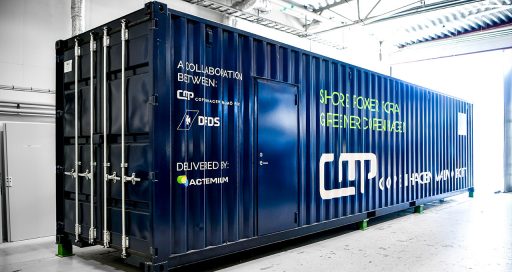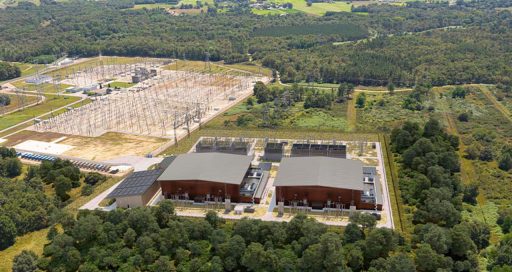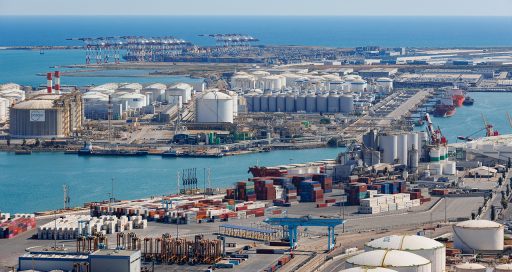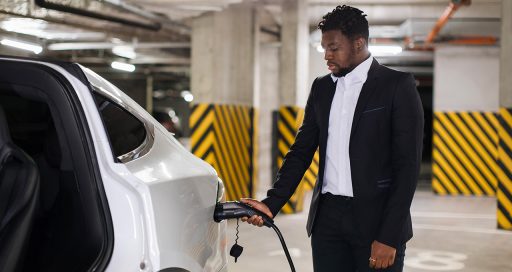As part of the drive to reduce greenhouse gas emissions from ships, quayside electrical supplies will become the norm by 2030. Actemium is extremely active in one future solution: Onshore Power Supply.

The decarbonisation of maritime transport is not confined to the high seas. When docked in port, ships do not typically stop their engines. Even when berthed, they need electricity, if only to keep the lights on. This is not only noisy and smelly, but also produces significant greenhouse gas emissions. This is a sizeable problem, considering that 74 percent of European imports and exports are transported by sea.
The good news is that a solution exists to significantly reduce emissions from ships in port: Onshore Power Supply (OPS). This system allows ships to connect to the local power supply network, and is all the more environmentally friendly if the local grid uses low-carbon energy.
Technically speaking, an OPS system is composed of a substation that receives and distributes electricity from the grid, a frequency converter to provide the required frequency (typically 60 Hz for ships as opposed to 50 Hz for most onshore electrical networks) and a cable management system to transfer the electricity from the quayside to the ships. With this type of installation, the reduction in emissions can be in the order of 30 percent for SOx (sulfur oxides), 70 percent for CO2 (90 percent in France due to the French energy mix) and 95 percent for NOx (nitrogen oxides).
A booming market
Outside Germany and the Nordic countries, few ports are currently equipped with OPS. But that could change quickly. The European regulation states that “From 1 January 2030, a ship at berth in a port of call under the jurisdiction of a Member State shall connect to on-shore power supply and use it for all energy needs while at berth.”
The OPS market is not lacking for growth opportunities, especially in Europe, thanks to new European regulation.
Through its Actemium brand, VINCI Energies has been developing this technology for a decade in several European countries and the United Arab Emirates.
The OPS market is not lacking in growth opportunities. In France, there are future projects in Cherbourg, Caen-Ouistreham, Dieppe and the container terminals in Le Havre. In Spain, for example, in 2023, the Autoridad Portuaria de Valencia (APV) initiated a call for tenders for an OPS to power ships at the Transversal Costa-MSC quay (budget: €12 million). At the same time, a new electrical substation (part of a separate call for tenders) will supply green energy to the Transversal Costa-MSC quayside electrification project.
Major contract in Le Havre
One of Actemium’s most recent contracts, announced in February 2024, covers the installation at the Pointe de Floride terminal in the Port of Le Havre, a port of call for cruise ships that receives 150 stopovers a year.
“We will be equipping each of the terminal’s three berths,” says Loïc Vizioz, Business Unit Manager at Actemium Brest Major Projects. To do this, he will be calling on Actemium Brest, the expert in this field, which has already installed OPS for French Navy frigates in Brest and the first quayside connection for container ships in the Port of Dunkirk.
“Due to its scale, with a maximum capacity of 30 MW, this €25 million project is rather complex to manage. We also have to deal with the large (9-metre) tidal range here and the need to keep the cruise ship business running during the work. Not to mention the ambitious schedule: the first phase is due for handover in spring 2025.”
04/16/2024





